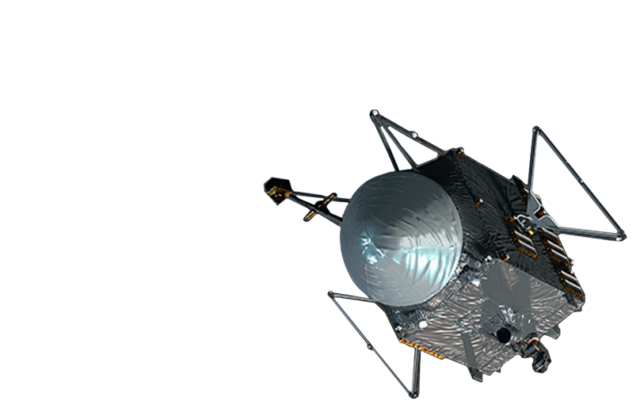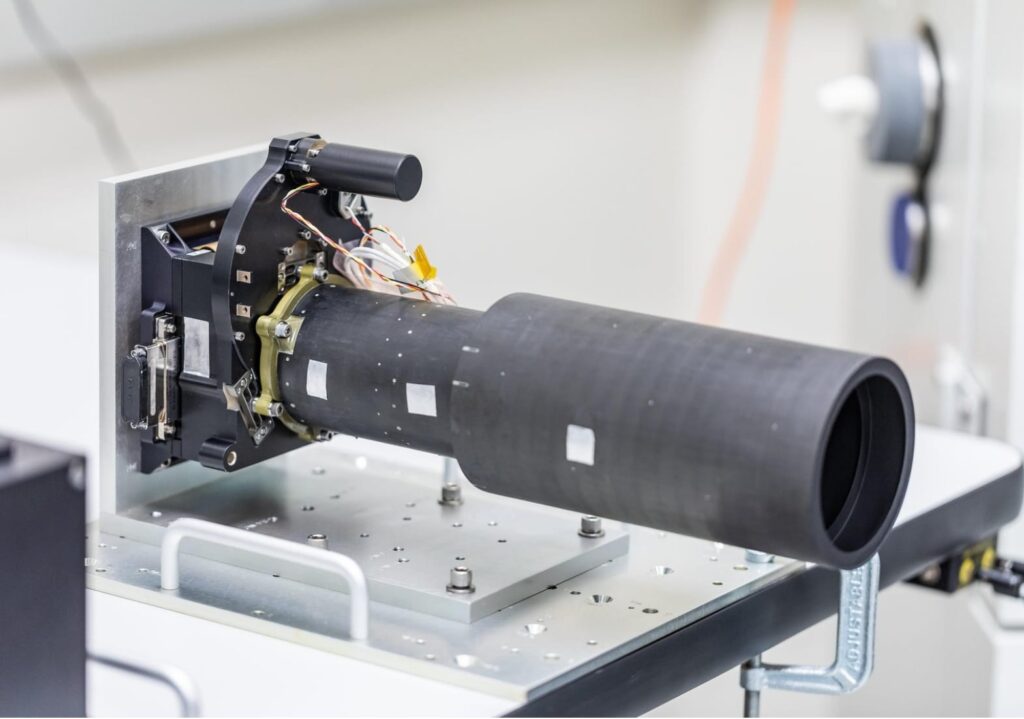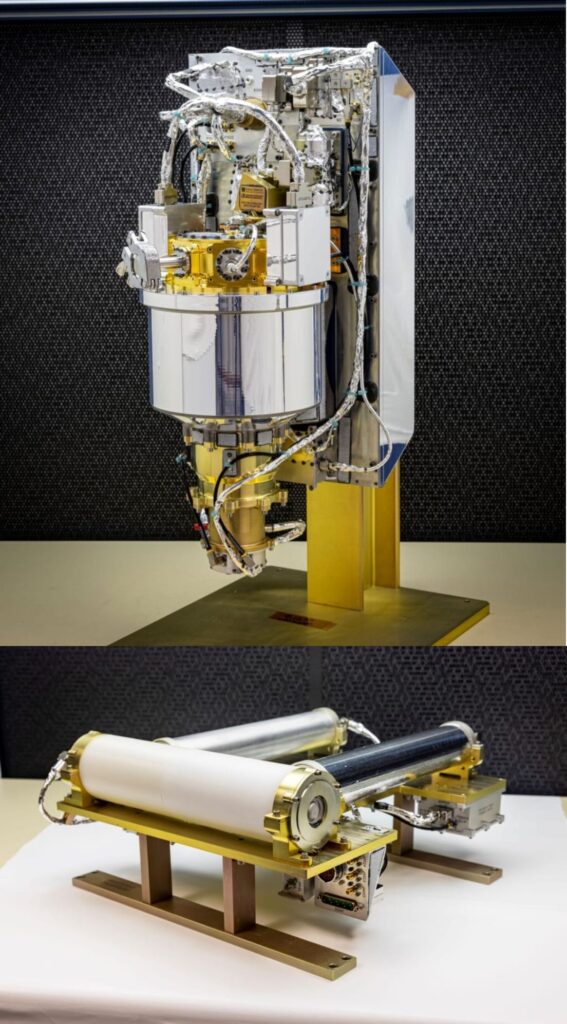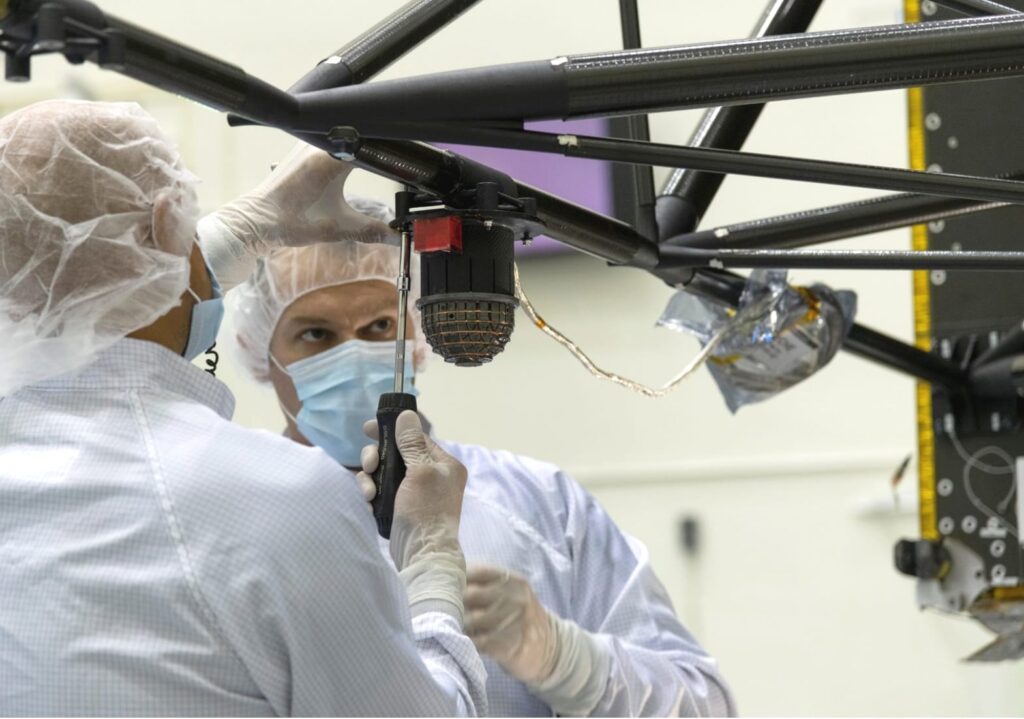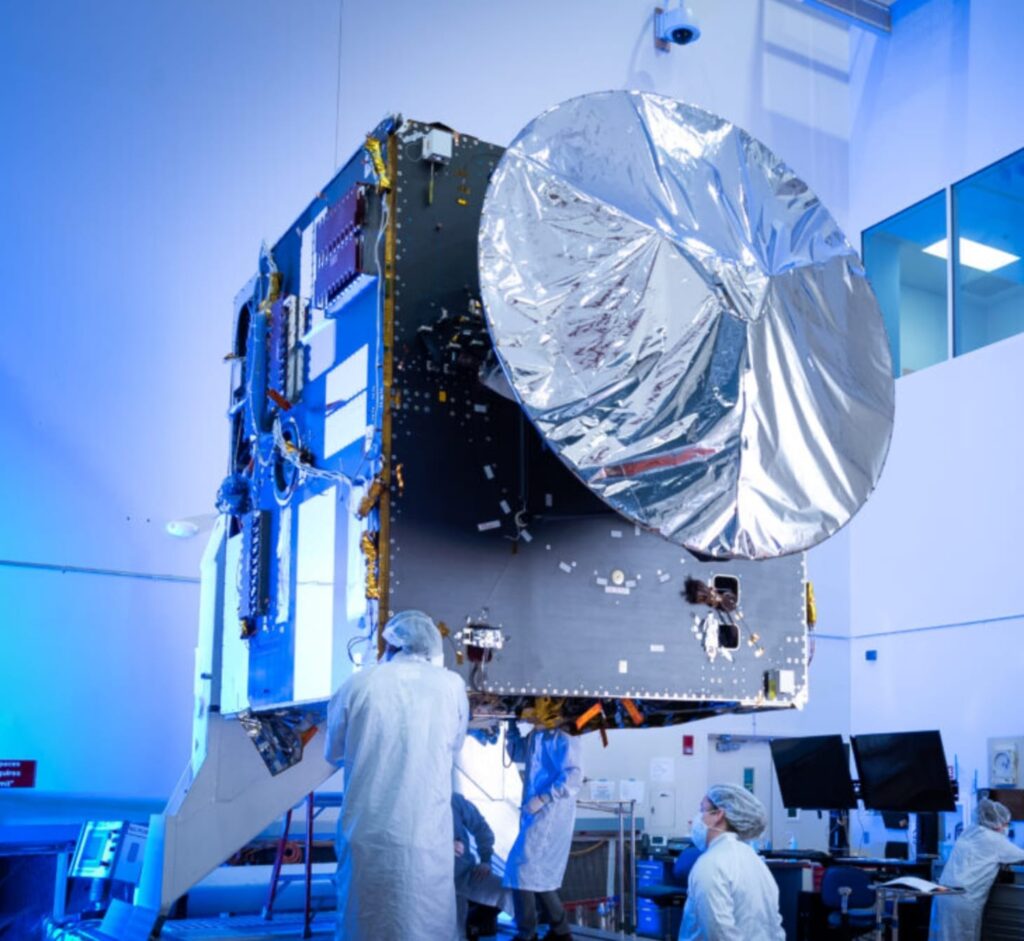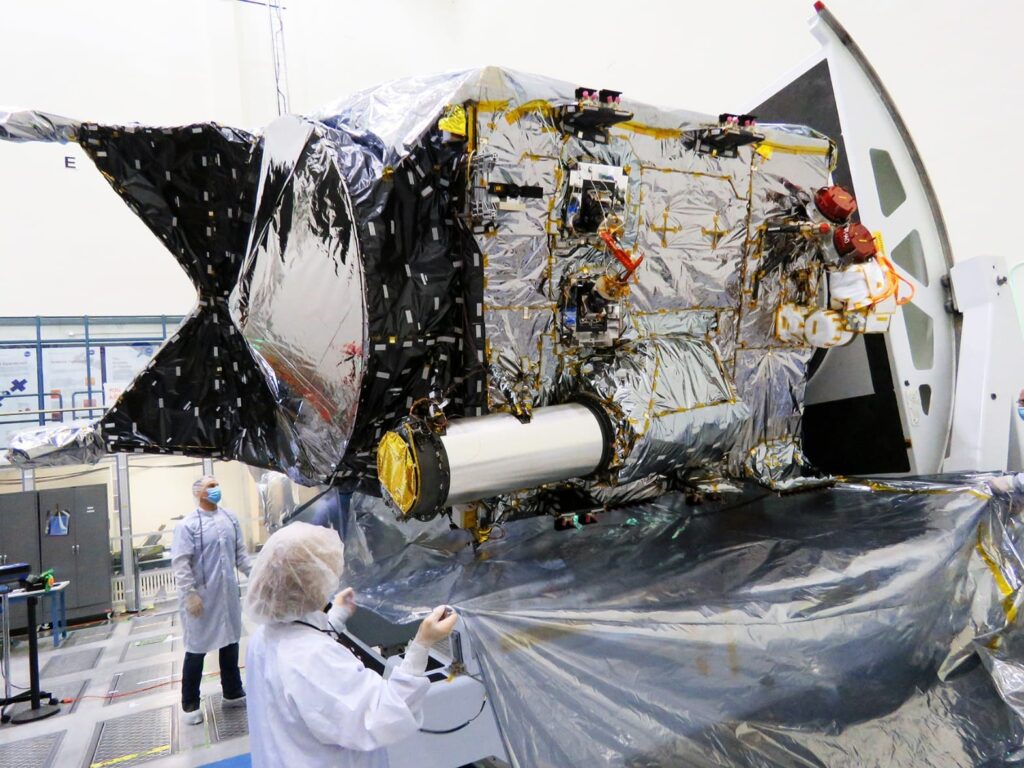The Psyche Multispectral Imager
The Multispectral Imager provides high-resolution images using filters to discriminate between Psyche’s metallic and silicate constituents. The instrument consists of a pair of identical cameras designed to acquire geologic, compositional, and topographic data. The purpose of the second camera is to provide redundancy for mission-critical optical navigation. The team is based at Arizona State University.
Watch the video…
Photo Credit: NASA/JPL-Caltech/ASU/MSSS


